By Mike Spohr
Today I ran into a Mexican restaurant to grab a quick lunch, and as I ate my meal I came across a table of nurses wearing hospital scrubs. As they chatted amongst themselves I thought about the many nurses my family has interacted with over the last five years, and I found myself filled with such appreciation for what these amazing women and men do for us.
It was in the Neonatal Intensive Care Unit that I initially saw how amazing nurses can be. My first child, Maddie, had been born almost 12 weeks premature, and the hospital staff, upon 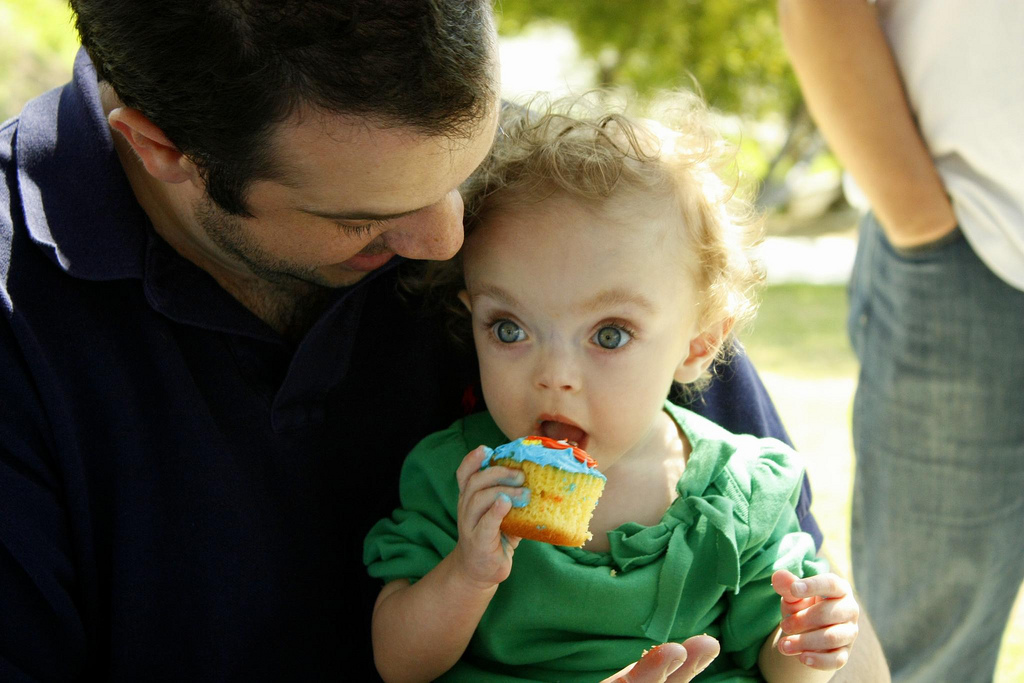 determining that Maddie's lungs were immature, rushed her to the NICU. There Maddie's life hung in the balance, and though my wife, Heather, and I longed to care for her ourselves, her condition made it so that we couldn't. We had to trust the NICU nurses to take care of our baby for us, and that was incredibly hard -- especially at night when we went home to catch a few hours sleep.
determining that Maddie's lungs were immature, rushed her to the NICU. There Maddie's life hung in the balance, and though my wife, Heather, and I longed to care for her ourselves, her condition made it so that we couldn't. We had to trust the NICU nurses to take care of our baby for us, and that was incredibly hard -- especially at night when we went home to catch a few hours sleep.
Sleeping was, of course, almost impossible. My sick baby was not with me, and the phone loomed ominously on the nightstand. If it rang before dawn it would do so for only one reason -- to tell us that Maddie had passed away. I can't tell you how scared I was of that phone ringing. Thankfully, it never did.
Each morning I called the NICU at 7:00 a.m. to get an update from the night nurse about how Maddie had done through the night, and the moments waiting for her to pick up the phone were horrible. Was I going to hear Maddie had done poorly and that things didn't look good? Or, if the nurse took a long time to come to the phone, did that mean that she and the other medical staff were desperately fighting to stabilize Maddie at that very moment (something I'd witnessed in person a number of horrible times)? My hands never failed to shake as I waited for the phone to be picked up.
Once the night nurse picked up, though, I began to feel better. She always told us about Maddie's night in great detail even though she'd just finished a long, exhausting shift. The lengths the NICU nurses went for Maddie were incredible. One night, we were told, Maddie wouldn't respond to the ventilator, and the only reason she survived was because the night nurses took turns hand pumping air into her lungs for hours on end until their hands were cramped and throbbing.
As amazing as all that was though, the thing I appreciated the most about the nurses was how they loved and valued Maddie. She wasn't just some nameless baby behind the glass of an isolette obscured by wires, medical tape, and breathing tubes. She was an amazing little girl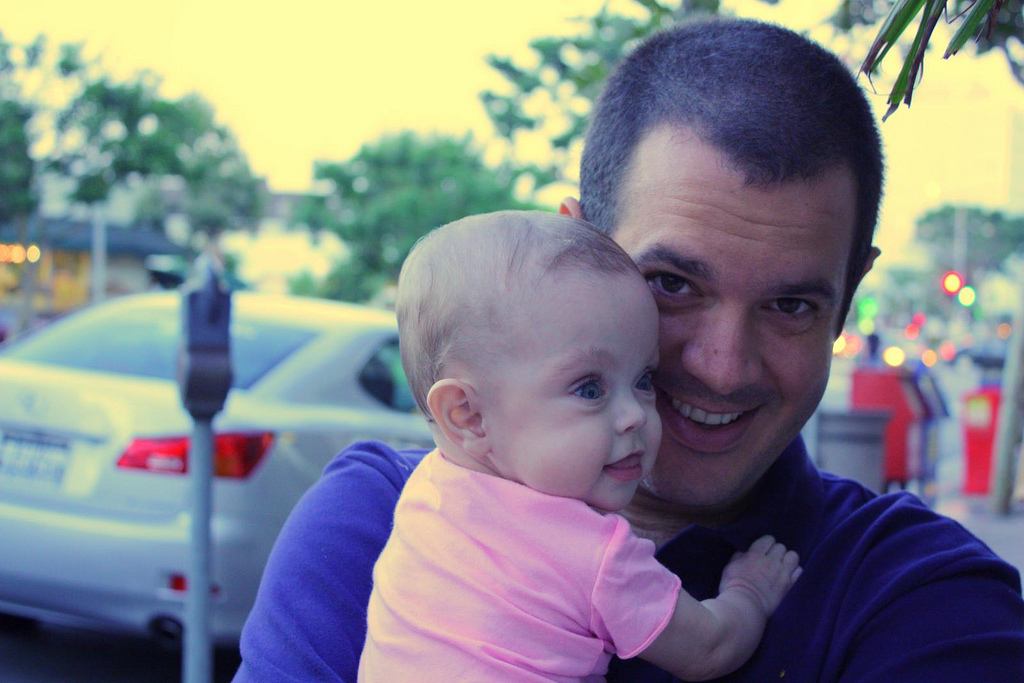 named Maddie (also "Bunny" or "Little Mama" as they called her), who was beautiful and strong. I could see that they considered my daughter to be amazing and a gift, and to see others felt about her as I did was incredibly meaningful to me.
named Maddie (also "Bunny" or "Little Mama" as they called her), who was beautiful and strong. I could see that they considered my daughter to be amazing and a gift, and to see others felt about her as I did was incredibly meaningful to me.
Maddie was finally released from the NICU, but there were a few times over the next 17 months when she came down with an infection and had to again be hospitalized. Those days in the hospital were both frightening and incredibly dull, and again nurses were wonderful to us. They were always there when we needed them, quick to bring a blanket or to explain what medications Maddie was taking. Like the NICU nurses, these nurses showed Maddie so much love, mooning over how cute she was and making faces at her to keep her entertained.
Though it still hurts to admit, on April 7, 2009, two days after she was hospitalized with a respiratory infection, Maddie passed away. On that horrible day there was a nurse who stayed by Heather's side the whole time, and I am so thankful for her kindness to my wife. There was a nurse that mattered to me that night, too, though she didn't stay by my side, bring me a glass of water or even say a word to me. In fact, I don't think I saw her until the very moment I walked out of the pediatric intensive care unit, but she made a difference nonetheless.
You see, that day my life shattered. I watched my daughter die in front of me, and it was an experience so horrific that even now it seems almost surreal, like, Did that actually happen? To me and my family? But it did, and one of the things I remember most about it was how the key medical personnel there didn't make me feel like they found Maddie to be beautiful and strong or amazing and a gift. The lead doctor may have been under a great deal of stress, but the way he pronounced her dead was not right. It was more like a referee calling the end to a heavyweight fight than the end to a beautiful child's life. Then, as we held our dead child in our arms and kissed her goodbye, doctors stood behind the curtain discussing the specifics of what had happened with about as much feeling as mechanics discussing a broken down car.
It was only as I left the PICU that I felt humanity. There, sitting on a chair with a single tear rolling down her cheek, was my nurse. Her tear told me that she cared. About Heather, about me, and most importantly, about my beautiful Maddie.
That's what nurses do that is so important. In addition to all of their medical expertise, they bring a human element to the cold, sterile world of a hospital. Doctors do great things, but have a heavy case load that means they can only visit each patient briefly each day, but the nurses will hold your hand -- figuratively or literally -- and remind you that you are not alone, and that your life is valued even if it can't be saved.
When the nurses at lunch today finished their meal I wanted to thank them, but I didn't, and I wished I had afterward. I can do one better now though:
To nurses everywhere: You should know that you have made a difference to so many people in this world, my family included, and I cannot thank you enough.
Source: Huffington Post



 white cap while presiding over the
white cap while presiding over the  Her first opportunity to give an injection involved morphine for a woman with metastatic
Her first opportunity to give an injection involved morphine for a woman with metastatic 

 When you think of a nurse, what’s the first image that comes to mind? Chances are, you think of a woman — and for good reason. The vast majority of professional nurses in the U.S. are white women. In fact, only about six percent of nurses are male and, Considering males make up approximately half of the population and minorities are 30 percent, there’s a major disparity in the profession.
When you think of a nurse, what’s the first image that comes to mind? Chances are, you think of a woman — and for good reason. The vast majority of professional nurses in the U.S. are white women. In fact, only about six percent of nurses are male and, Considering males make up approximately half of the population and minorities are 30 percent, there’s a major disparity in the profession.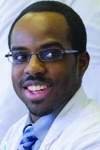
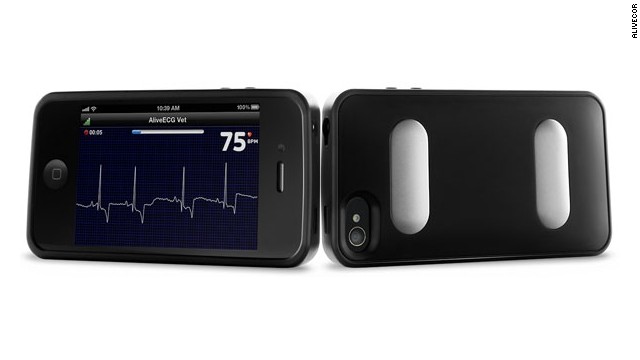

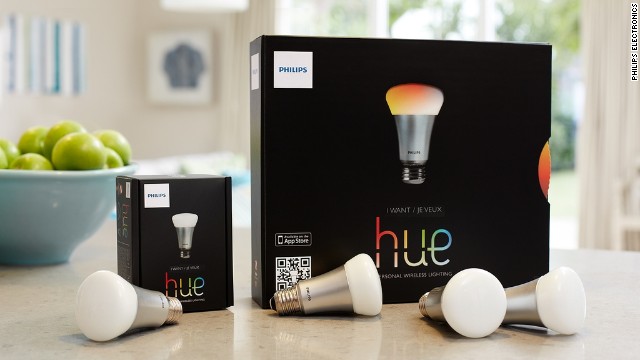 From "let there be sound" to "let there be light," the next Father's Day gadget is the
From "let there be sound" to "let there be light," the next Father's Day gadget is the 
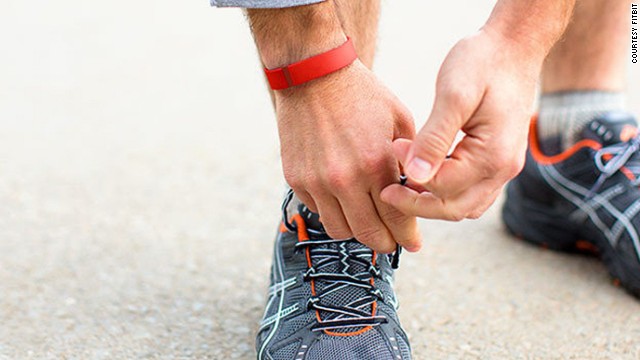 The
The